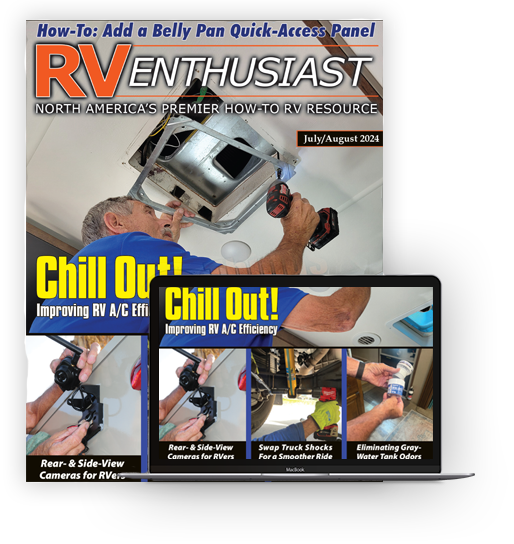Decontaminating Water
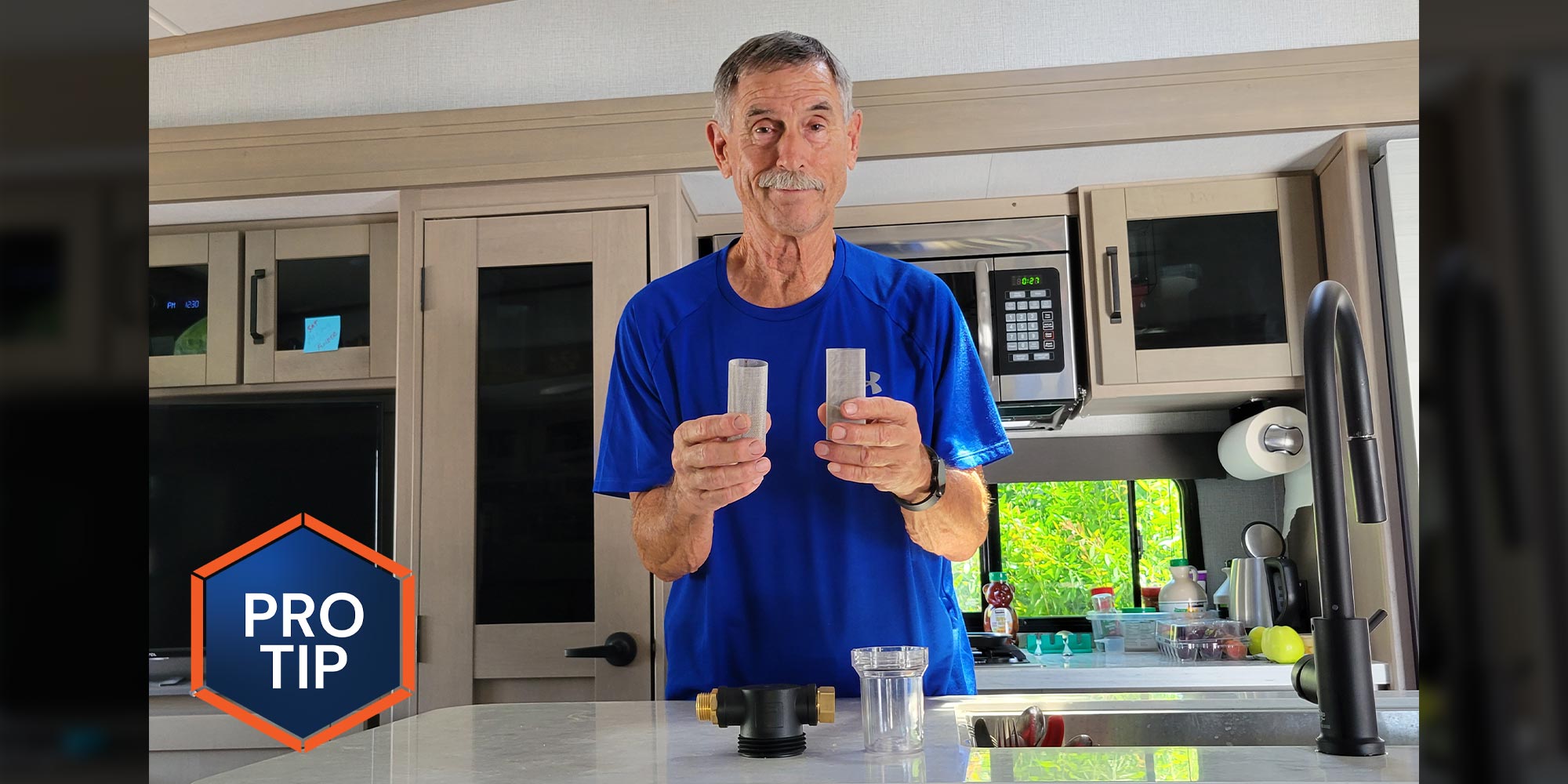
And we haven’t even mentioned the need to clean the aerator screens in the faucets on a frequent basis.
I use a solid carbon block filter between the faucet and the water source. This is effective for taste and odor, but it does nothing to help trap sediments, especially from well water that can be full of sand and other solids. A sediment filter used as part of a good multi-filter set-up, like the one from Clearsource (clearsourcerv.com), does a tremendous job of removing quite a bit of the bad stuff, but I found a garden-hose filter attachment that fits a standard garden hose or city-water hookup and gives me another layer of protection by filtering out the bigger particles that have a tendency to prematurely plug the sediment filter used in the whole-house system.
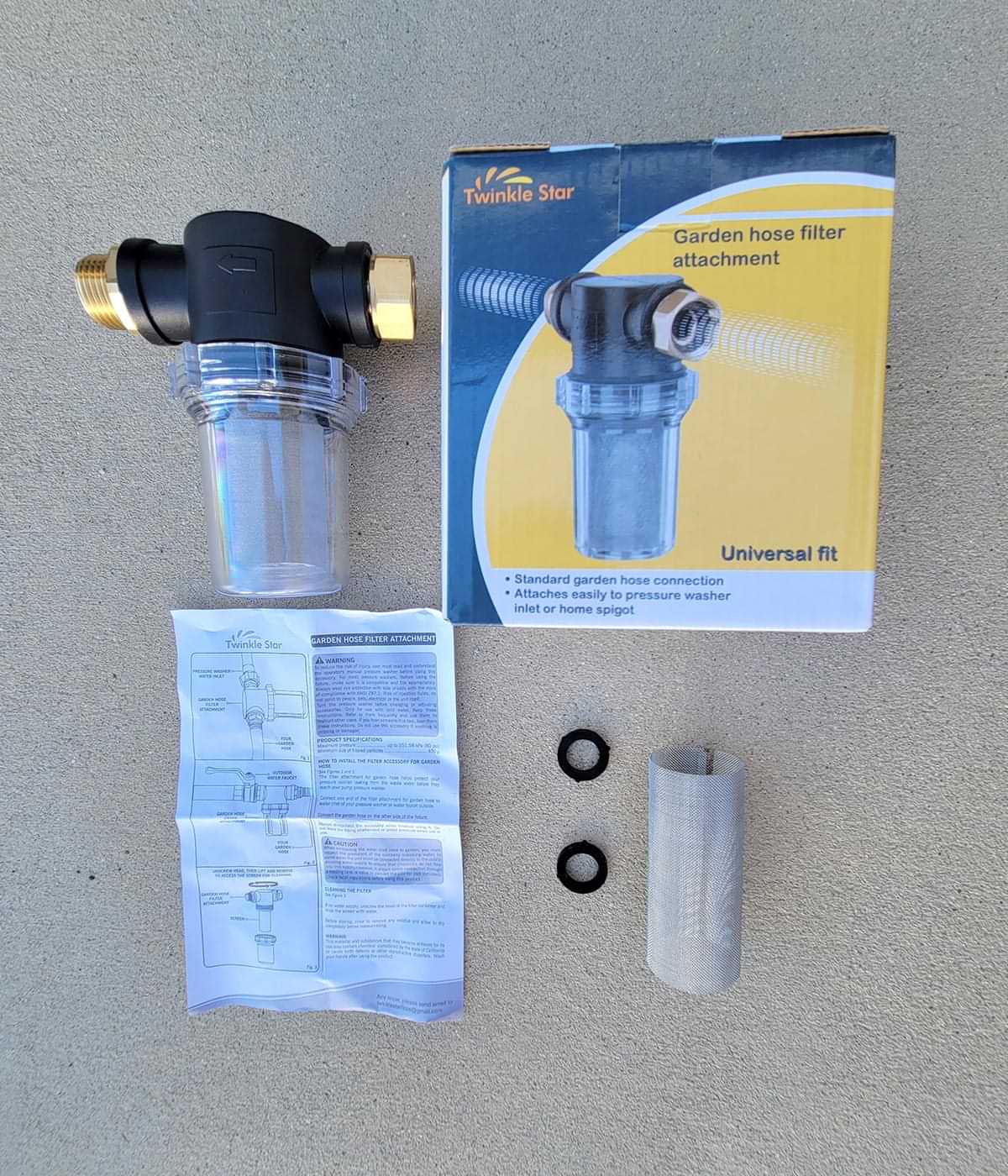
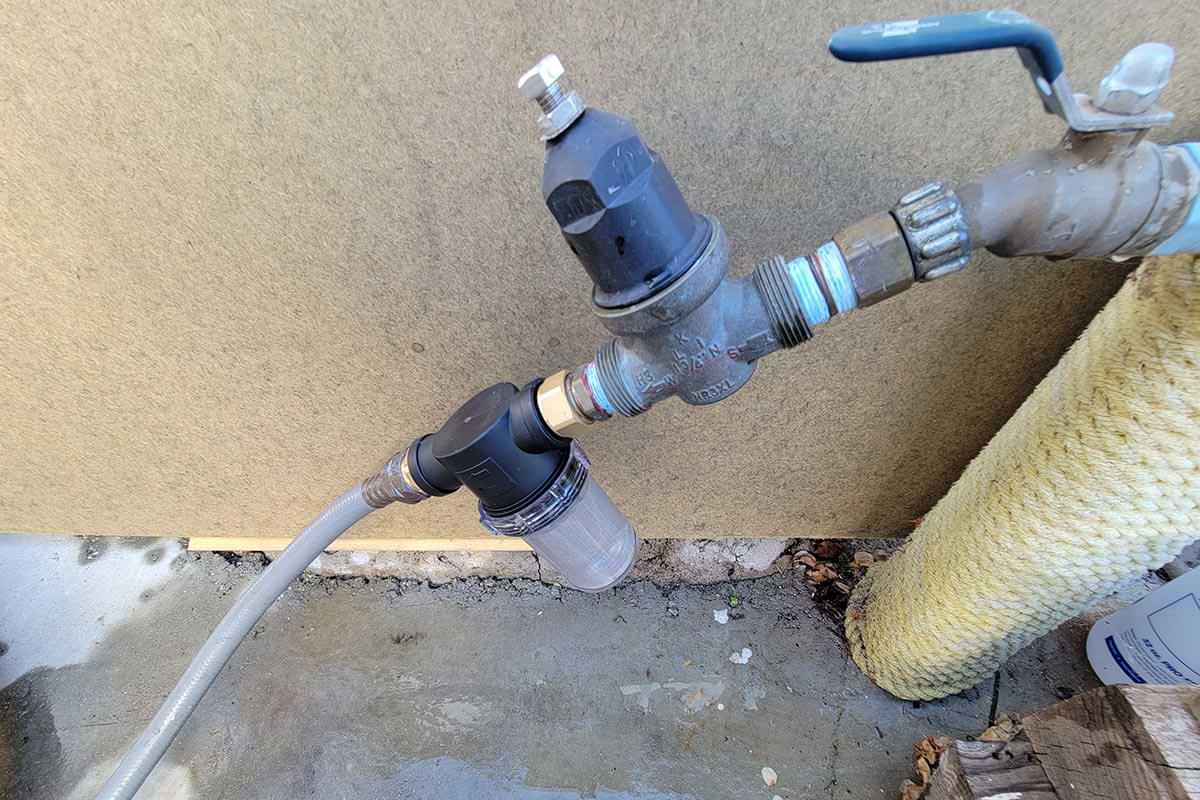
A friend installed his mesh filter in the utility bay, at the city water inlet, but I found a better location was at the pressure regulator outlet. I was tempted to place this filter in front of the regulator, but it is only rated up to 80 psi. If the RV park water pressure is higher, it might damage the filter; the pressure regulator is set at 50 psi. The Twinkle Star filter is made of plastic and metal.
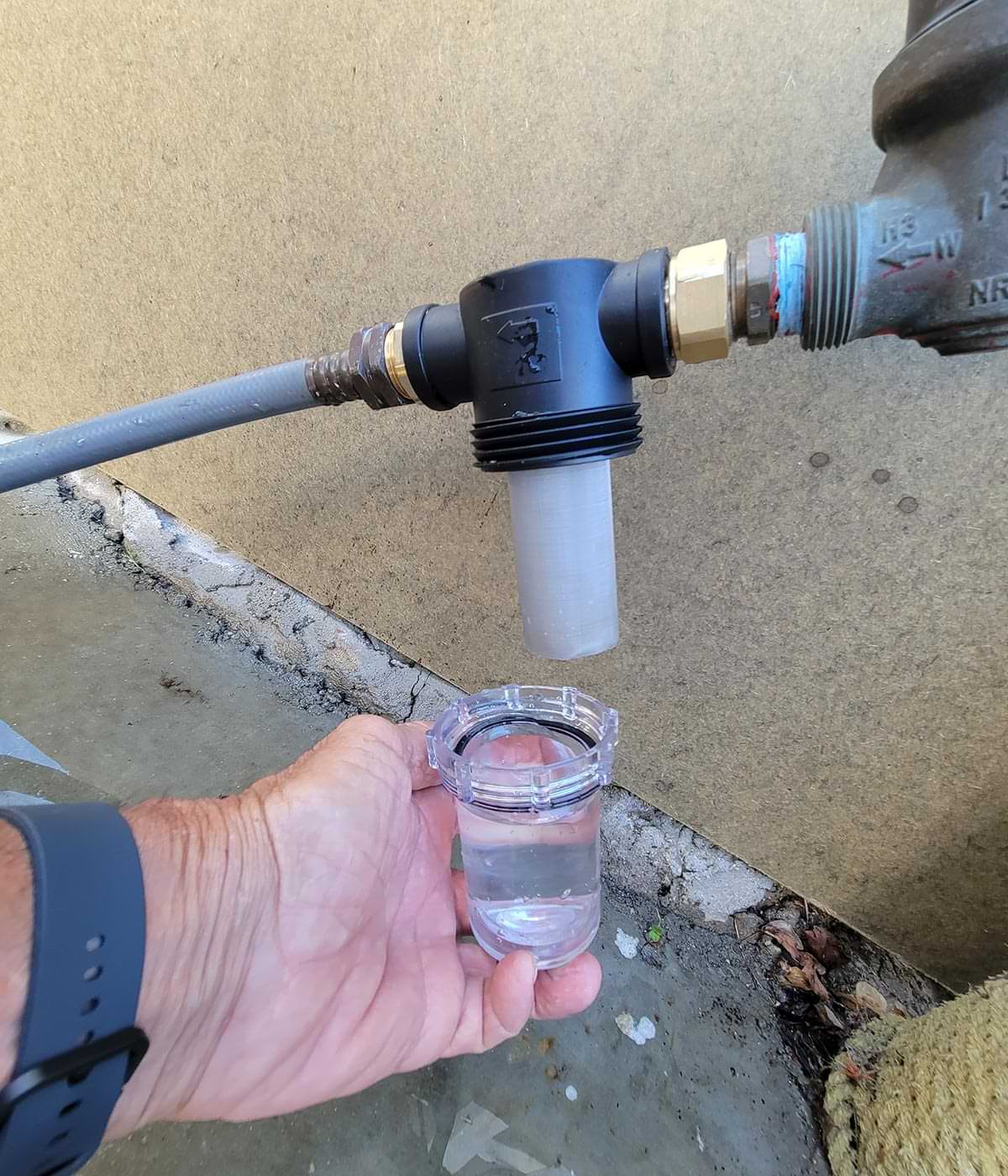
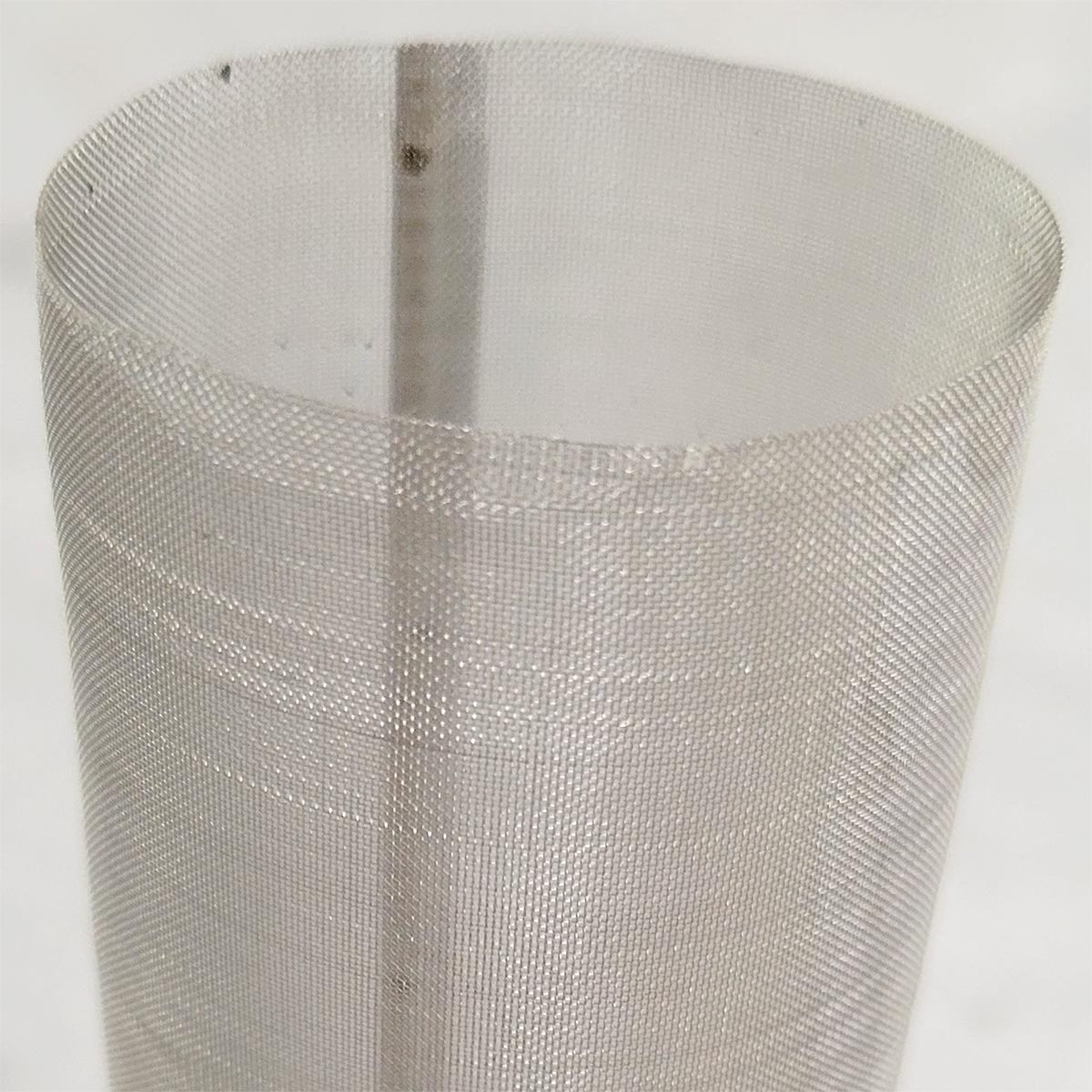
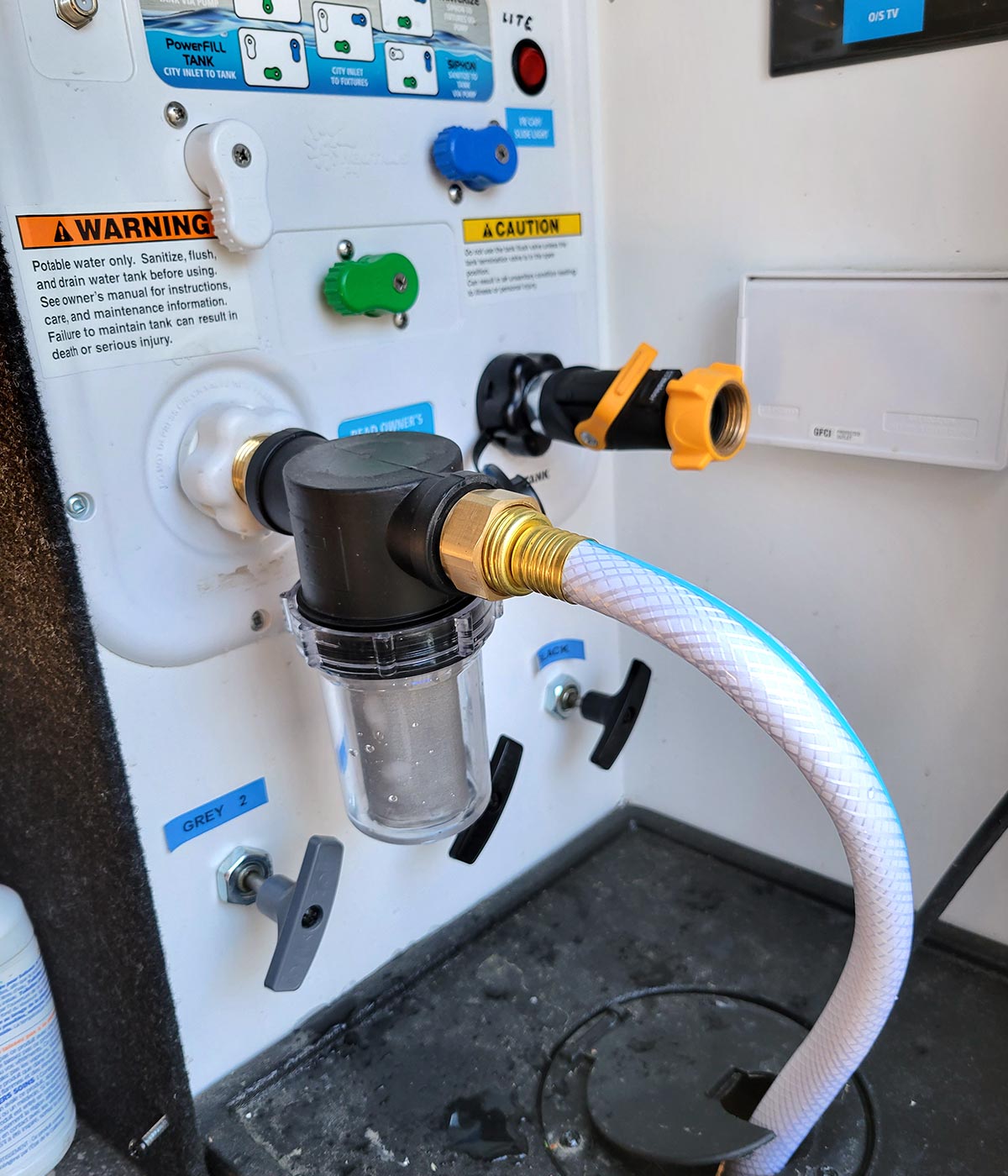
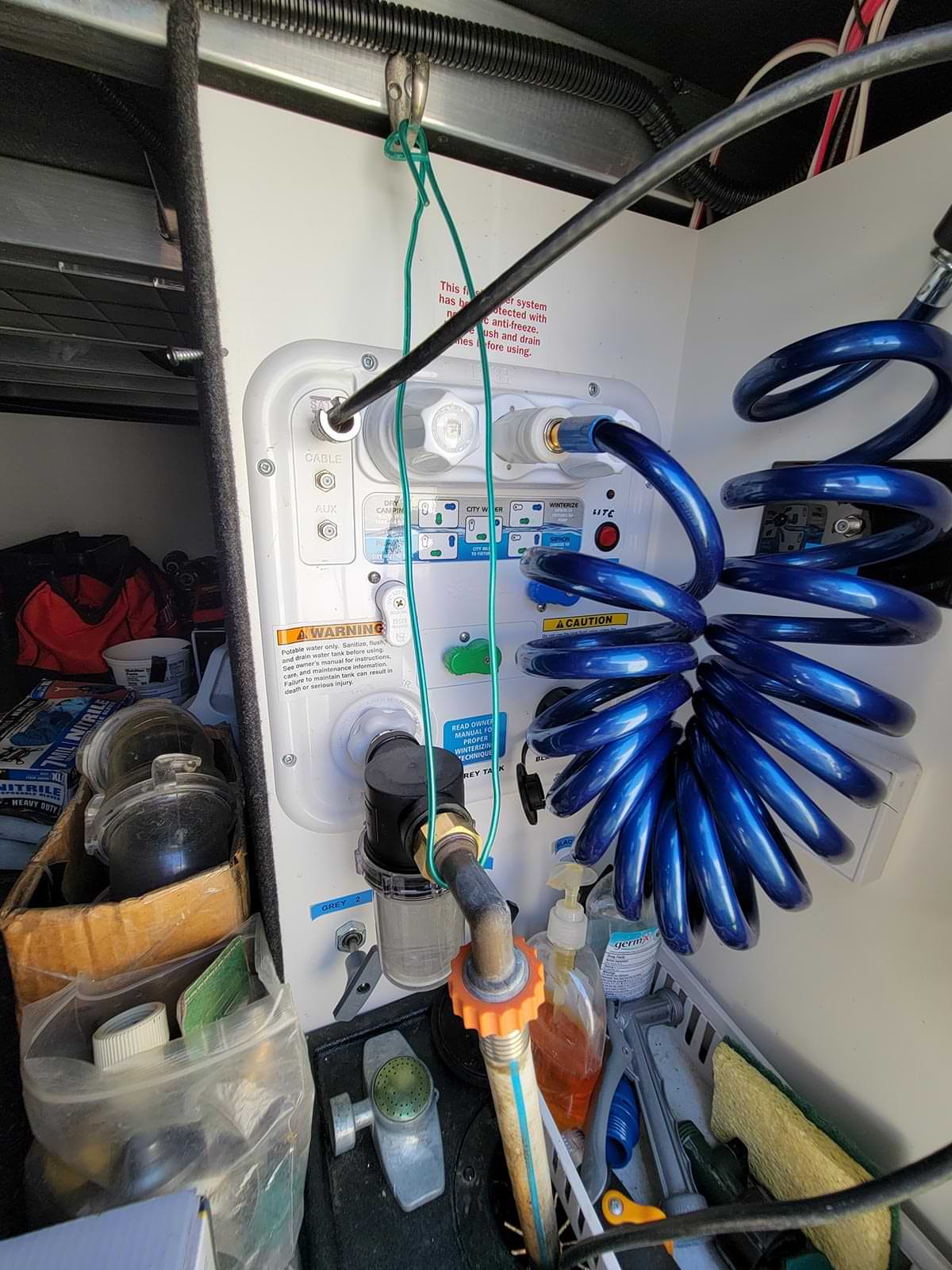
When it comes to dealing with unknown water sources, you can’t have too much filtering. Your water system and appliances will thank you.
Already a Subscriber? Click here for Access to the Full Issues.

